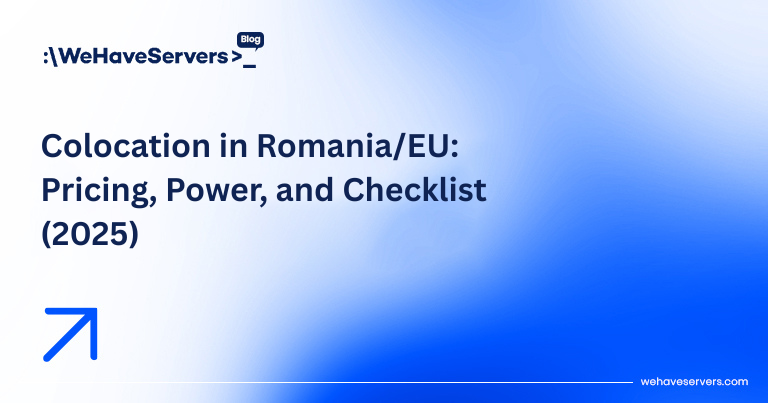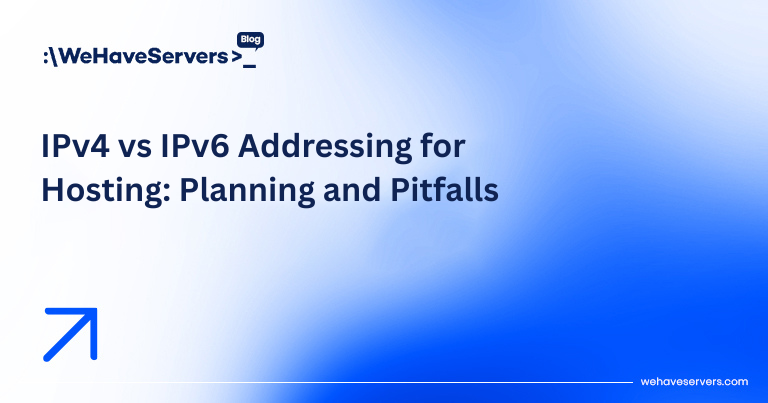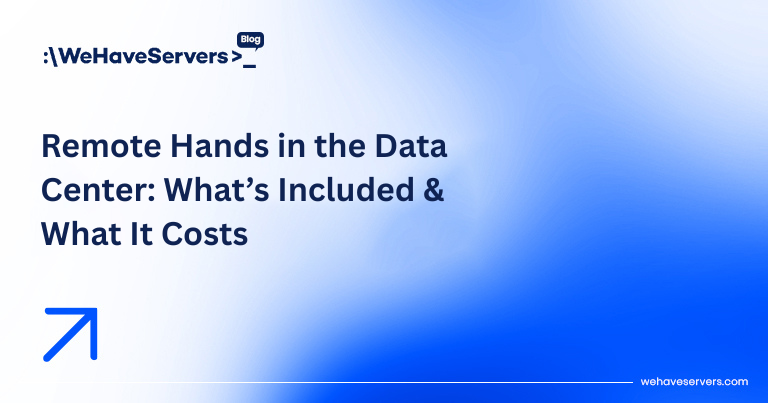
When businesses outgrow VPS or dedicated servers, colocation hosting becomes the next step. Instead of renting someone else’s hardware, you place your own servers in a professional data center with redundant power, cooling, and network connectivity.
In 2025, colocation is more attractive than ever — especially in Romania and across the EU, where low-latency peering, competitive energy costs, and strong connectivity to Western Europe make it a cost-efficient alternative to running your own server room.
This guide covers colocation pricing, power considerations, and a step-by-step checklist to ensure your migration goes smoothly.
What Is Colocation Hosting?
Colocation (colo) means renting rack space in a data center for your own servers. You manage the hardware, while the provider ensures:
- Redundant power (UPS + diesel backup)
- Professional cooling (N+1 or 2N systems)
- Network connectivity (multi-homed BGP, peering, transit)
- Physical security (CCTV, access control, guards)
Colocation Pricing in 2025
Pricing depends mainly on:
- Rack Space: Full racks (42U) vs half/quarter racks.
- Power Commit: kW reserved per rack (common: 1–5 kW).
- Connectivity: Bandwidth commit (100 Mbps, 1 Gbps, 10 Gbps) or burstable billing.
- Remote Hands: Technicians on-site for reboots, swaps, or troubleshooting.
Typical EU 2025 rates:
| Service | Price Range (monthly) |
|---|---|
| 1U/2U Server | €50–€120 |
| Quarter Rack (10U) | €300–€600 |
| Half Rack (20U) | €600–€1,000 |
| Full Rack (42U) | €1,200–€2,500+ |
| Power (per kW) | €0.27–€0.54 |
| Bandwidth (1 Gbps commit) | €200–€500 |
💡 Romania often offers better pricing than Frankfurt/Amsterdam, with excellent peering to Central & Eastern Europe.
Power Considerations
Power is the #1 cost factor in colocation. In 2025:
- Standard density: 1–5 kW/rack (suitable for traditional servers).
- High density: 10–20+ kW/rack (needed for GPU servers, AI/ML).
- Check for redundancy: N+1 or 2N UPS and diesel backup.
- Renewable energy (solar + PPA contracts) is becoming a differentiator.
👉 At WeHaveServers, we’re deploying solar-assisted power to keep costs predictable and eco-friendly.
Colocation Checklist (Before You Move Servers)
- Audit Hardware → Measure power draw, rack units, weight.
- Check Connectivity Needs → Do you need low latency to Frankfurt, AMS, or London? Romania’s IXPs offer <25ms latency.
- Plan Migration Window → Choose a maintenance window to minimize downtime.
- Label Everything → Power cables, NICs, serials → avoids remote-hands mistakes.
- Document Remote Access → IPMI/iDRAC credentials ready.
- Back Up Data → Always take a fresh offsite backup before moving hardware.
- Review SLAs → Uptime guarantees (99.9% vs 99.99%), support response times.
FAQs
Q: Why colocate in Romania instead of Western Europe?
Romania offers competitive pricing, excellent fiber connectivity, and lower latency to Eastern Europe markets (Ukraine, Moldova, Balkans). It’s often cheaper than Frankfurt or Amsterdam while maintaining Tier III-level reliability.
Q: What is the difference between colocation and dedicated servers?
With colocation, you own the hardware. With dedicated servers, the provider owns it and rents it to you. Colocation is ideal if you already invested in servers or need custom configurations.
Q: Can I upgrade power or bandwidth later?
Yes. Most colocation contracts allow you to add power feeds, bandwidth commits, or even expand from a quarter rack to a full rack.
Conclusion
Colocation gives you control, security, and cost efficiency without the hassle of building your own data center. In 2025, Romania and the EU remain excellent choices for businesses looking for reliable infrastructure with competitive costs.
👉 Ready to colocate? Check our colocation services and request a custom quote today.



